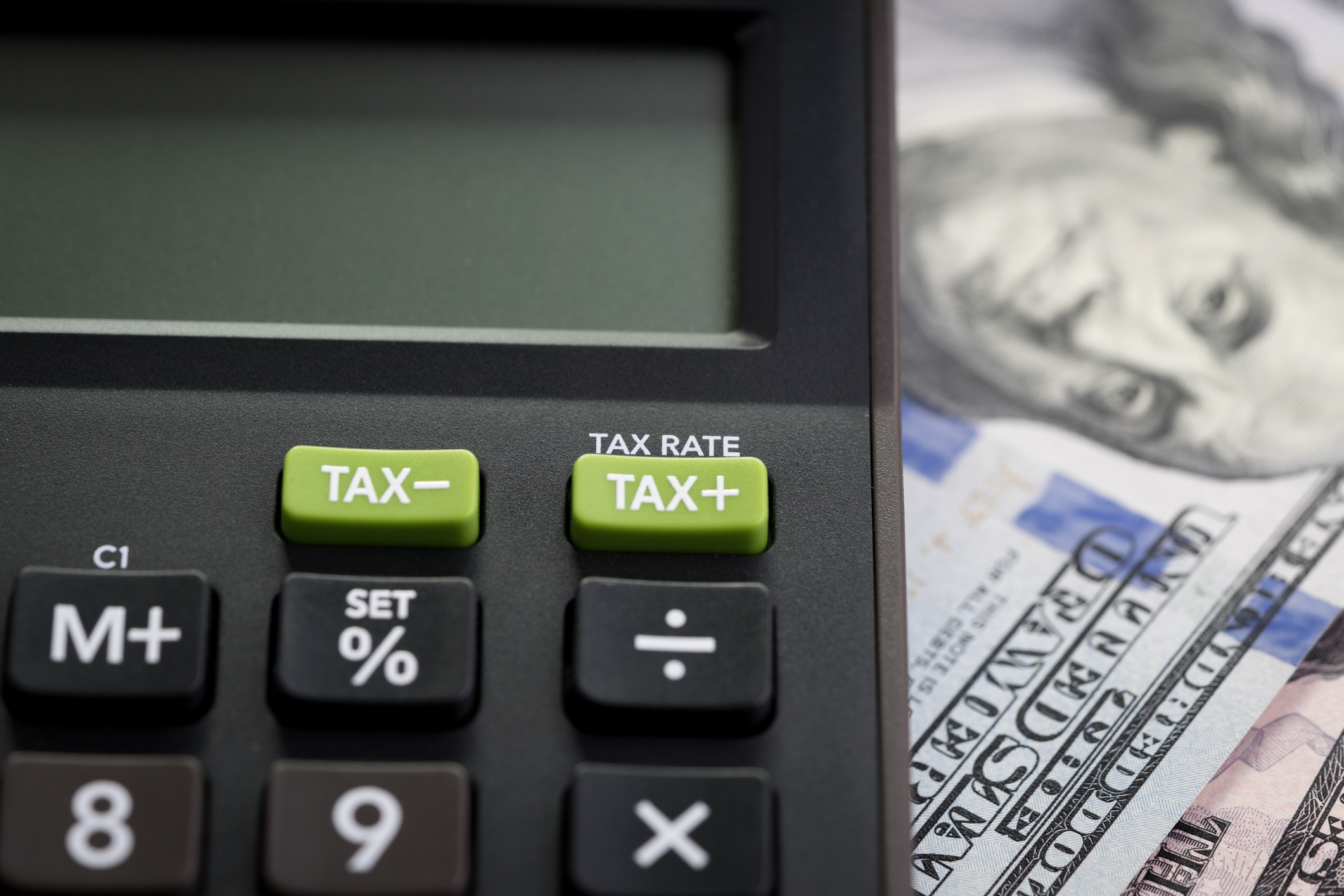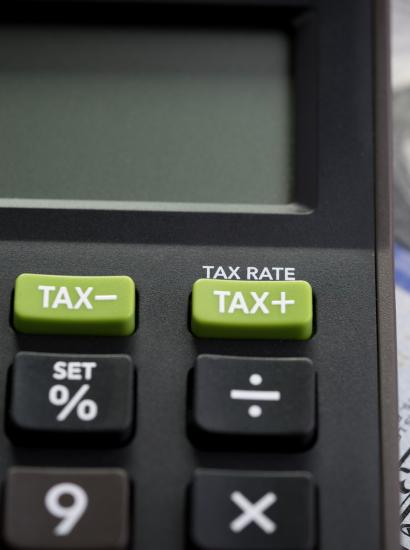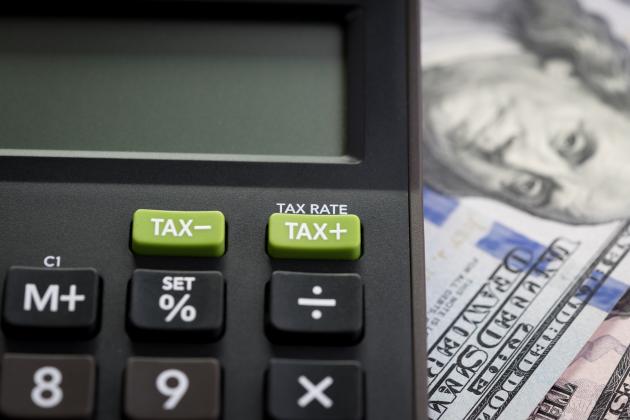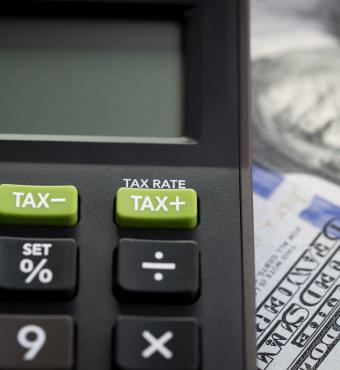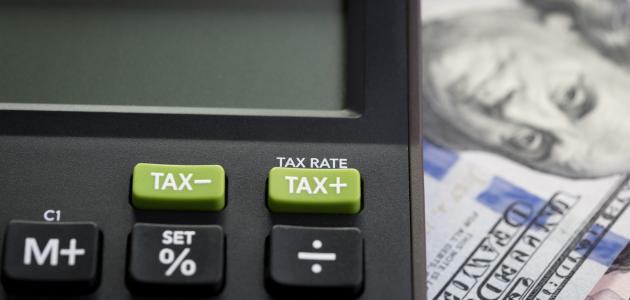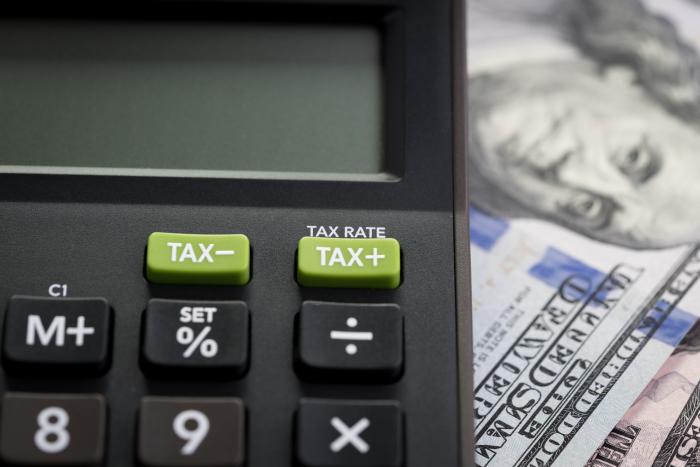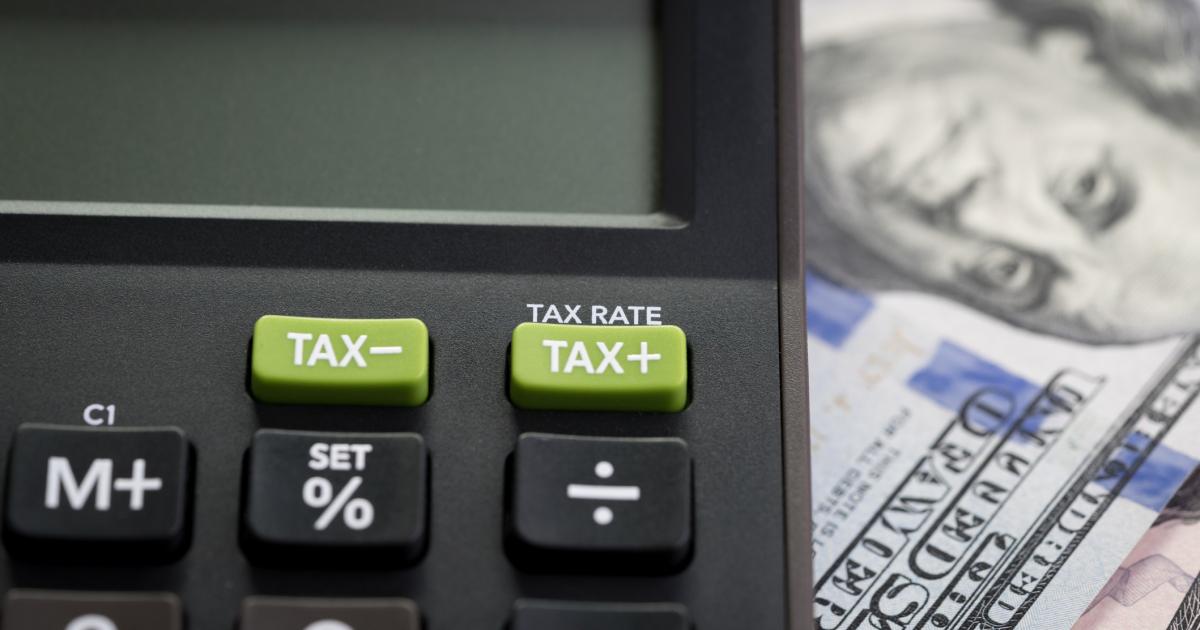- Politics, Institutions, and Public Opinion
- State & Local
- California
Nearly half a year after the federal Tax Cuts and Jobs Act of 2017 was signed into law, California residents are still trying to figure out what it means for them.
Many Americans were warned that it would only benefit wealthy Americans and that Californians were in for tax increases because of new limits on state and local tax (SALT) deductions. That would mean middle-class Californians are in for a double whammy when they calculate their taxes early next year.
But how true is that?
First, let’s be clear about what the tax law changed.
It traded lower marginal income tax rates for fewer deductions, nearly doubled the standard deduction used to lower taxable incomes, and cut corporate tax rates to internationally competitive rates—all at an average cost of around $150 billion a year in lost federal tax revenue.
For the average American, it was a tax cut. But the big question is if the new, lower rates are enough to offset the deductions individuals can no longer take in high-tax blue states like California.
The new standard deduction is certainly going to make filing taxes simpler for many Americans. About 30% of Americans used to itemize deductions on their taxes, but that will drop to less than 10% with the new standard deductions, which have almost doubled to $12,000 and $24,000 for single and married filers.
California residents may still end up squeezed though because they are no longer allowed to deduct more than $10,000 of state and local taxes. New property owners are likely in for more of a squeeze than renters as they’ll hit the cap faster when adding together income and property taxes.
A renter in Utah, for example, would have to make over $200,000 in order to hit the $10,000 SALT limit with income taxes alone. In California, that same individual hits the limit at $140,000 of income. Single individuals need an additional $2,000 in deductible expenses (mortgage interest, charitable giving, or others) in order to justify itemizing and lowering their tax bill; married filers need an additional $14,000 to begin itemizing.
How about middle-class Californians in general?
To figure out how they’re faring under the tax cut, it would help to first define what middle class means. And that’s half the problem. A recent Brookings Institution study looked at a dozen different ways “middle class” has been measured, and noted that it can even extend past income to a person’s credentials or culture.
Self-definitions are even more varied. A recent survey of residents in Palo Alto, the Silicon Valley city adjacent to Stanford University, showed a median income of $137,000, disqualifying half of residents from the middle class in half of the definitions reviewed in the Brookings Institution study. (Notably, only four of 250 surveyed listed themselves as upper class; 62% self-described as middle- or upper-middle class.)
No matter what measure you choose, it’s clear that the middle class is relatively large. Using the middle sixty percentiles of household income definition puts 23 million of California’s nearly 40 million people in the middle class.1
And ultimately, distributional analysis at the federal level by the Tax Policy Center found that every income group is, on average, getting a tax break—for at least the first few years. Even a majority of those affected by the SALT caps will see lower taxes.
While California residents won’t get as favorable of treatment as low-tax states, the average taxpayer here should have a slightly smaller bill. At least, that’s what California’s Franchise Tax Board found when it made a recent estimate of how the 2017 tax bill would affect taxpayers in our state.
Some findings include the following:
- Many more people will simplify their tax returns and take the higher standard deduction instead of itemizing their returns. While 5.9 million Californians itemized in 2015, only about 1.6 million are expected to in 2018.2
- About 2.6 million of California’s over 16 million taxpayers3 who previously deducted over $10,000 in state and local taxes will now face the cap. Of those 2.6 million, 370,000 earned less than $100,000. In fact, there were more taxpayers whose itemizations were greater than $10,000 earning under $100,000 than there were taxpayers who earned more than $500,000.4
- In addition to the millions of taxpayers with less than $10,000 in SALT deductions, lower taxes are in store for about 1.5 million of those 2.6 million with a lot of deductions.
- Only about 1 million taxpayers total will have a higher tax bill, and they’re disproportionately wealthy. Those million will pay about $12 billion in higher taxes. Nine percent of that tax increase will fall on taxpayers who earn under $100,000, and that’s mostly because they have a lot of deductions.5 A full three-quarters of those with higher taxes will come from earners who make over one million dollars.
That point probably bears repeating: while their federal income taxes might fall, there are 43,000 millionaires in California who will pay an average of $200,000 in higher income taxes to the state.6 That’s why several other high-tax blue states have passed attempts at restoring deductions above the $10,000 cap by allowing unlimited “charitable deductions” to the state.
The SALT deductions will squeeze some high-income taxpayers in California, but the vast majority of taxpayers will experience the tax concept of broadening the base and lowering the rates to a positive effect on their take home pay—that is, until it comes time to pay back the federal government’s mounting debt.

How do Californians feel about higher taxes? We’ll have a better idea come Election Day, when voters will decide whether to repeal the state’s Senate Bill 1. Enacted last year, it added 12 cents per gallon for gasoline in the Golden State and 20 cents for diesel (the first such hike in a dozen years), as well as increasing vehicle license fees. The repeal offers Californians this choice: paying less at the pump, or a smoother ride. The fuel-tax increase raises about $5.2 billion annually for road—sadly, just a down-payment for a nation-state with an estimated $130 billion backlog in road, highway, and bridge maintenance. The campaign against the gas tax could also be a preview to another big tax brawl coming California’s way: revisiting the state’s fabled Proposition 13 and its property-tax limits approved forty years ago. One possibility: a ballot initiative in 2020 that would end the Prop 13 protections for commercial and industrial businesses with fifty-plus employees with the proceeds going to public schools. Which is exactly how the last two successful tax increases—2012’s Prop 30 and 2016’s Prop 55 succeeded: marketed in large-turnout presidential years as a tonic for what ails California’s schools.
[2] 2 “Preliminary Report on Specific Provisions of the Federal Tax Cuts and Jobs Act, State of California Franchise Tax Board, Table 1 and Table 4. Accessed May 14, 2018. https://www.ftb.ca.gov/law/legis/Federal-Tax-Changes/CAPreliminaryReport3Provisions-Revise.pdf.
[3] 3 “2016 Annual Report—Statistical Appendix Tables, Table B-1” State of California Franchise Tax Board. Accessed May 14, 2018. https://www.ftb.ca.gov/AboutFTB/Tax_Statistics/Reports/2016/Annual-Report.shtml, https://www.ftb.ca.gov/AboutFTB/Tax_Statistics/Reports/2016/B-1.pdf .
[4] 4 “Preliminary Report on Specific Provisions of the Federal Tax Cuts and Jobs Act,” Table 3.
[5] 5 “Preliminary Report on Specific Provisions of the Federal Tax Cuts and Jobs Act,” Table 5.
[6] 6 “Preliminary Report on Specific Provisions of the Federal Tax Cuts and Jobs Act,” Table 5.







